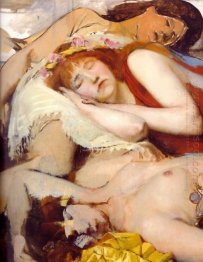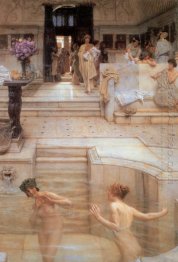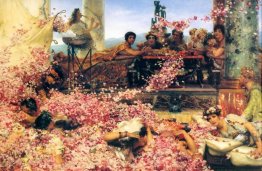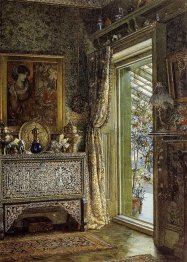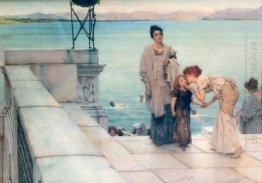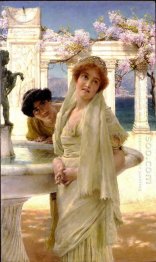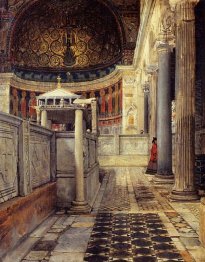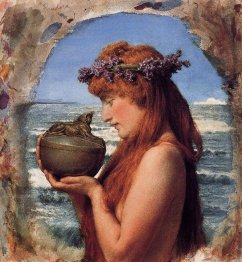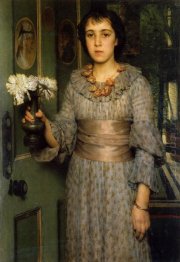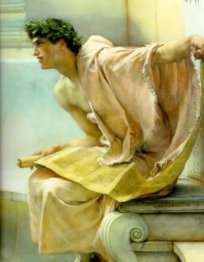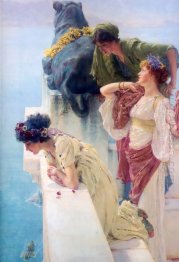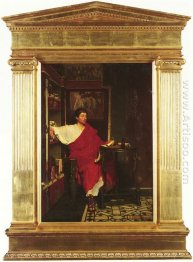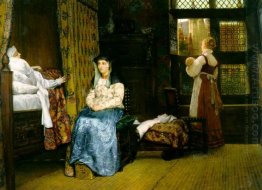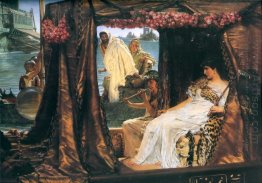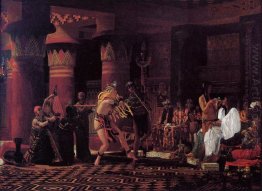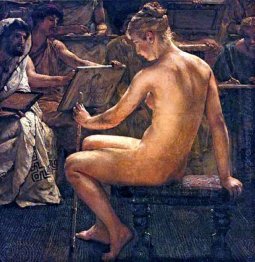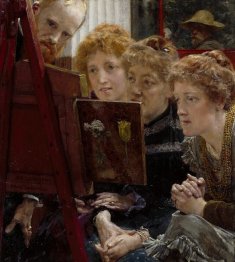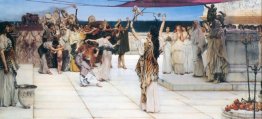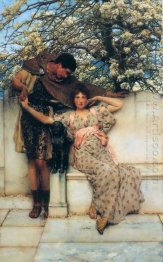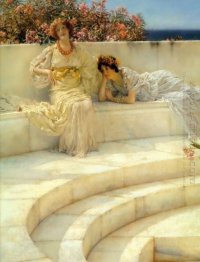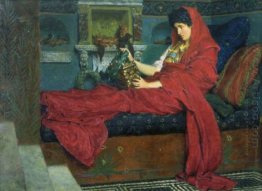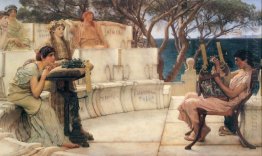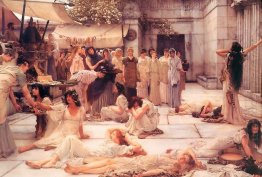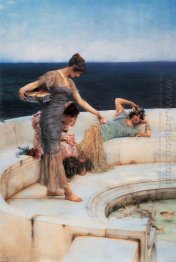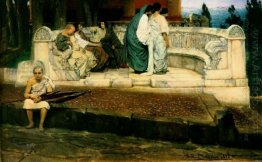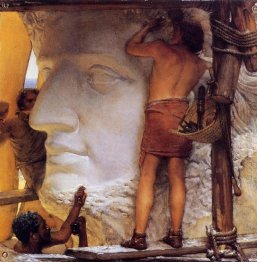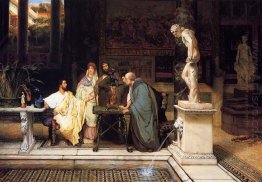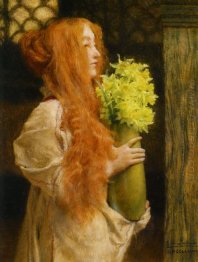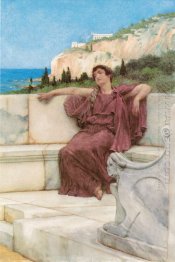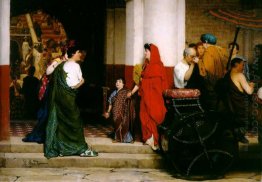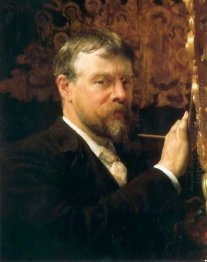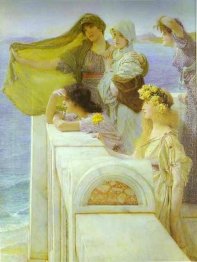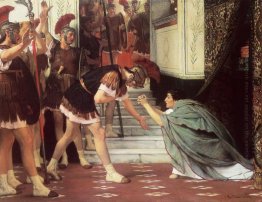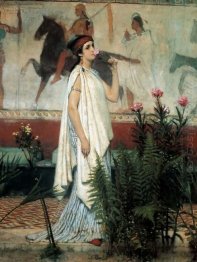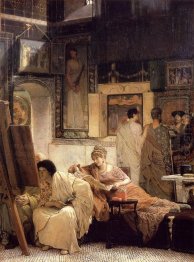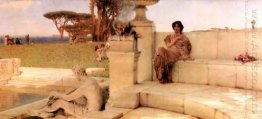Sir Lawrence Alma-Tadema

Sir Lawrence Alma-Tadema became one of the most renowned painters of late nineteenth century Britain.
Born in Dronrijp, the Netherlands, and trained at the Academy of Antwerp, Belgium, he settled in England in 1870 and spent the rest of his life there. A classical-subject painter, he became famous for his depictions of the luxury and decadence of the Roman Empire, with languorous figures set in fabulous marbled interiors or against a backdrop of dazzling blue Mediterranean Sea and sky.
Universally admired for his superb draftsmanship and depictions of Classical Antiquity, during his lifetime, he fell into disrepute after his death and only in the last thirty years has his work been reevaluated for its importance within nineteenth-century English art.
Sir Lawrence Alma-Tadema was born as Laurens Tadema on January 8, 1836, in the small village of Dronrijp, in Friesland in the north of the Netherlands. He was the sixth child of Pieter Jiltes Tadema. The Tadema family moved in 1838 to the near town of Leeuwarden, where Pieter's position as a notary would be more lucrative. His father died when Laurens was four, leaving his mother with five children: Laurens, his sister, and three boys from his father's first marriage. His mother had artistic leanings, and decided that drawing lessons should be incorporated into the children's education. He received his first art training with a local drawing master hired to teach his older half-brothers.
It was intended that the boy would become a lawyer; but in 1851 at the age of fifteen he suffered a physical and mental breakdown. Diagnosed as consumptive; given only a short time to live, he was allowed to spend his remaining days at his leisure, drawing and painting. Left to his own devices he regained his health and decided to pursue a career as an artist. In 1852 he entered The Royal Academy of Antwerp where he studied early Dutch and Flemish art, under Egide Charles Gustave Wappers. During Alma-Tadema's four years as a registered student at the Academy, he won several respectable awards.
Before leaving school, towards the end of 1855, he became an assistant to the painter and professor Louis Jan de Taeye, whose courses in history and historical costume he had greatly enjoyed at the Academy. Although de Taeye was not an outstanding painter, Alma-Tadema respected him and became his studio assistant working with him for three years. De Taeye introduced him to books that influenced his desire to portray Merovingian subjects early in his career. He was encouraged to depict historic accuracy in his paintings, a trait for which the artist became known. Alma-Tadema left Taeye's studio in November of 1858 returning to Leeuwarden before settling in Antwerp, where he began working with the painter Baron Jan August Hendrik Leys, whose studio was one of the most highly regarded in Belgium. Under his guidance Alma-Tadema painted his first major work: The Education of the Children of Clovis (1861). This painting created a sensation among critics and artists when it was exhibited that year at the Artistic Congress in Antwerp. It is said to have laid the foundation of his fame and reputation. Alma-Tadema related that although Leys thought the completed painting better than he had expected, he was critical of the treatment of marble, which he compared to cheese. Alma-Tadema took this criticism very seriously, and it led him to improve his technique and to become the world's foremost painter of marble and variegated granite. Despite any reproaches from his master, The Education of the children of Clovis was honorably received by critics and artists alike and was eventually purchased and subsequently given to King Leopold of Belgium.




